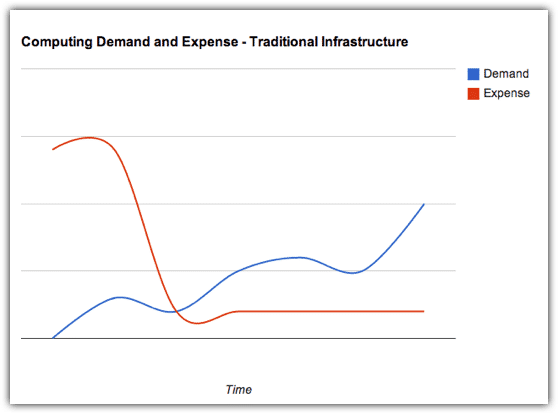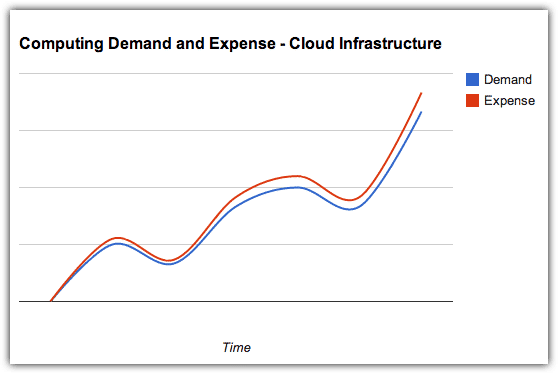When you acquire a company through an MBO, your hopes are always high. You know the business more than anyone else and you’ve got too much at stake to do a sloppy job. So how could things go wrong? Well sometimes they do. And if you don’t make a quick business turnaround, you could end up losing more than just your company.
If that management buyout was financed by a bank, then chances are you were required to invest a sizeable amount from your own pockets. I won’t be surprised if you even remortgaged your house for it.
Regardless of your source of funding, whether it was a bank, a venture capitalist or through a deferred consideration, the mere thought of losing your job and getting buried in enormous debt at the same time might be too much to bear. If you get too overwhelmed by your emotions and can’t think clearly, you’ll have to step out of the driver?s seat and have someone take over.
That someone can’t be a member of the management team that took part in the management buyout. Like you, he/she might be in panic mode as well. You need someone from the outside who has no emotional attachments to the company and hence can view the crisis from a clear perspective.
Here’s what’s needed:
Review and Plan
Take a closer look at all factors affecting your business: governance and organisational structures, employees, suppliers, systems and procedures, roles and responsibilities, etc. Identify potential risks and assess the likelihood of them affecting your business.
This will give a clearer picture of cause-and-effect relationships as well as the specific tasks on hand.
Thus, when it is time to draft a plan, you can do so from a well-informed standpoint. This will enable you to target specific areas of improvement and avoid pointless activities.
Assure all stakeholders
Once a watertight plan has been formulated, you will have to approach your stakeholders. They?ll need to know what your directions are. Once they’re all sold on the plan, you could implement our strategies unimpeded.
This is a very crucial part because a sceptical stakeholder can serve as a major stumbling block in our efforts to improve the situation. You need to convince your banks, sponsors, and investors in order to avoid additional financial obstacles. You need to convince your suppliers too. If they cut off or limit supply, you won’t be able to continue doing business.
Most of all, you need to persuade your staff and employees that the proposed major changes have to be carried out in order for the company to survive. You can’t run your operations without them on board.
Redesign and set up new systems and procedures
Any company requiring a turnaround will certainly have systems and procedures that are no longer working well in the current conditions and hence would require either major changes in key areas or a total revamp. You need to study personnel roles and responsibilities as well as systems and processes, including financial and IT systems, and supervise the implementation of necessary changes.
You will need to evaluate your existing IT architecture and determine how you can best maximise what you already have and propose what you think will work more efficiently for our proposed systems and procedures. Every piece of hardware or software recommended will take into consideration your present resources. There are many solutions out there, you just need to find the best fit.
Contact Us
- (+353)(0)1-443-3807 – IRL
- (+44)(0)20-7193-9751 – UK

